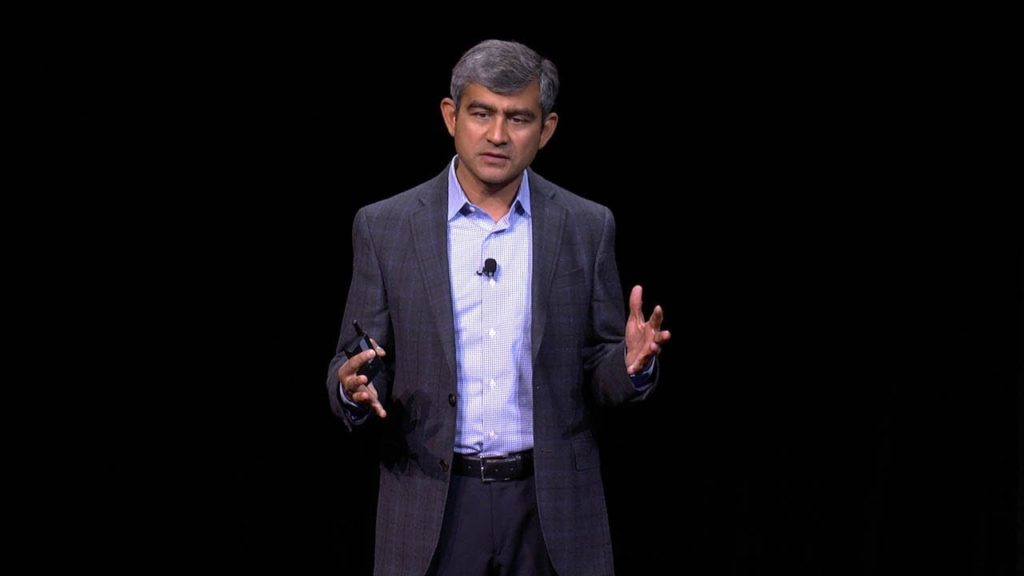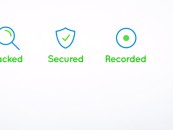
Oracle Allows Enterprises to Build Blockchain Applications with New Cloud Service
by Fintech News Singapore July 19, 2018Oracle, a software provider for enterprises mainly known for its cloud-based services, continues the process of bringing blockchain out of cryptocurrency and now offers it to businesses to, in part, secure transactions, and track goods through global supply chains.
Oracle is not the first to offer blokchain-as-a-service. They are joining the likes of Amazon, Microsoft and IBM with this new offering.
The Oracle Blockchain Cloud Service is characterised as an ‘early adopter’ version. It is a development platform that was designed to help developers build their own blockchain applications for their unique enterprise situations.
The system has its own REST API, which it incorporates throughout the service.
How It Works
According to Oracle, it should also allow plug-and-play integration with Oracle SaaS, other blockchain networks, and other third-party applications that their clients may already be using.
The Blockchain Cloud Services should also help its users create blockchain networks, join it with other organisations, and deploy and run smart contracts, and allow them to do so all on the cloud. This way, businesses do not have to babysit these aspects of business themselves, or rely on third parties to manage it.

Amit Zavery speaking about Oracle Blockchain Cloud Service (Image Credit: Oracle)
The platform is built on top of The Linux Foundation’s Hyperledger Fabric. The Hyperledger Fabric was intended as a foundation for application development with a modular architecture (can be added upon without affecting the rest of the system).
Hence, the Blockchain Cloud Service should quicken the setup and application development procss, as it comes pre-assembled with underlying infrastructure dependencies, container lifecycle management, event services, identity management, REST proxy, and a number of operations and monitoring tools all in a single console.
The resulting blockchain applications should be self-driving by automatically providing infrastructure dependencies and self-monitoring for backups. It should also be self-securing, as it has an intelligence-enabled threat detection and automatic security pathing.
In emergency cases, the cloud platform offers high uptime, continuous ledger backups, and a few other functions which it claims enables multi-data center recovery across domains.
Earliest of Oracle’s Early Adopters
Some of the Oracle’s Blockchain Cloud Service’s customers include Arab Jordan Investment Bank, CaroSmart, Intelipost, and a few varieties of companies.
According to Ayman Qadoumi of Arab Jordan Investment Bank, they used the Blockchain Cloud Service to simplify the electronic fund transfer process, while increasing security. Meanwhile, Steve Siu of CargoSmart cites that the service helped his company “simplify the complex documentation processes that plague the shipping industry”.
Banking on Blockchain
Amit Zavery, executive vice president of Oracle Cloud Platform said,
“Blockchain promises to be one of the most transformative technologies of our generation. We are excited to announce the availability of Oracle Blockchain Cloud Service. It is the result of years of R&D alongside our valued partners and customers.
With Oracle’s platform, enterprises can enhance their business, eliminate unnecessary processes, and transact with their distributed networks more easily, transparently and securely than ever before.”
Robert Parker, group vice president of manufacturing and retail insights, IDC said,
“Blockchain projects are quickly moving from pilot to production as enterprises and governments begin to see the inherent value of distributed ledgers and smart contracts.”
“As spending accelerates, buyers will need an enterprise class platform beyond open source that includes data security and integrity, scalability, manageability, and interoperability.”









